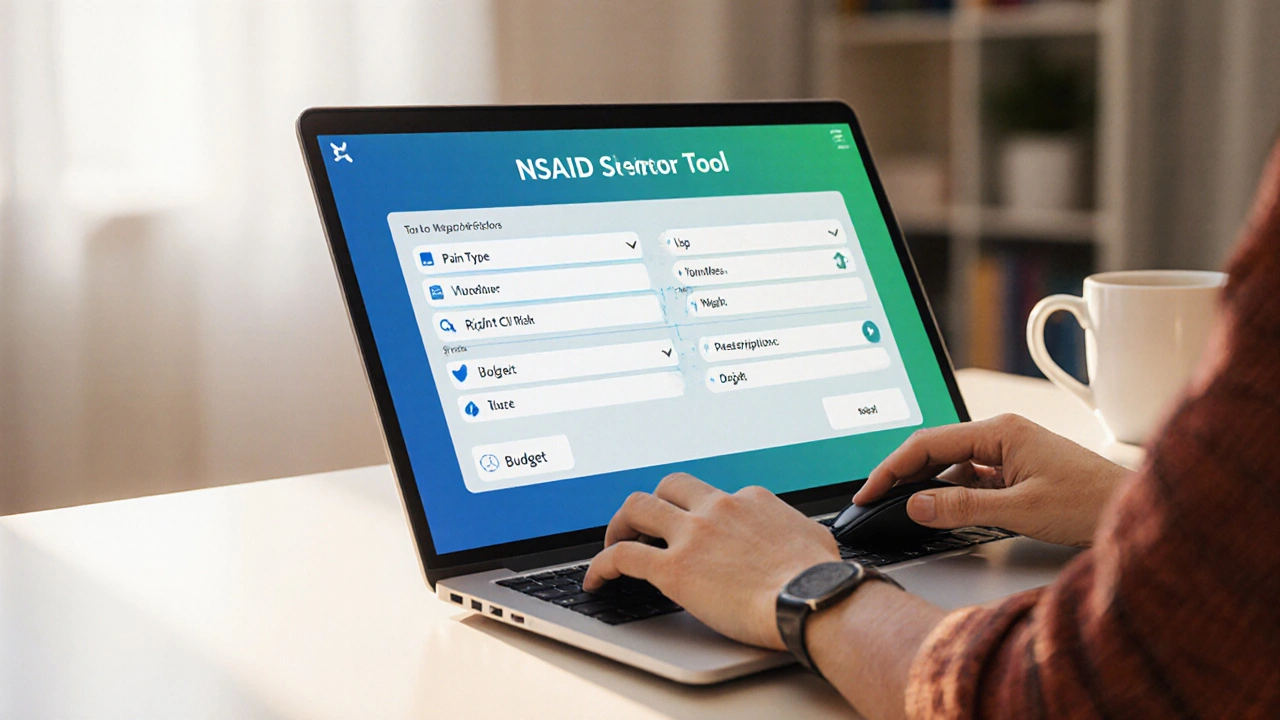When working with NSAID alternatives, non‑steroidal anti‑inflammatory drugs are a go‑to for aches, but many people need options that protect the stomach, kidneys and heart. Also known as non‑NSAID pain relievers, it offers a broader toolbox for everyday discomfort. One popular class is Acetaminophen, a pain reliever that works mainly in the brain and has minimal impact on inflammation. Another key group is COX-2 inhibitors, drugs like celecoxib that block the COX‑2 enzyme while sparing the protective COX‑1 pathway, reducing stomach irritation. For people who prefer non‑drug routes, Physical therapy, targeted exercises and manual techniques that strengthen muscles and improve joint stability can cut the need for medication altogether. Finally, pain‑management supplements, natural agents such as turmeric curcumin, ginger or omega‑3 fatty acids, add anti‑inflammatory support without the classic NSAID side‑effects. These elements form a clear network: NSAID alternatives encompass acetaminophen, COX‑2 inhibitors, physical therapy and supplements; they often require liver monitoring (for acetaminophen) or cardiovascular checks (for COX‑2 inhibitors); physical therapy reduces reliance on medication; supplements like curcumin may complement drug therapy; and the overall strategy aims to keep pain relief effective while minimizing organ risk. Understanding this web helps you pick the right piece for your situation and avoid the common pitfalls of over‑reliance on traditional NSAIDs.
Classic NSAIDs such as ibuprofen or naproxen are effective but they can irritate the lining of the stomach, raise blood pressure and strain kidney function, especially when used long‑term or in high doses. People with heart disease, ulcer history, or chronic kidney issues often receive a doctor’s warning to switch to safer pathways. That’s where the alternatives listed above become essential. Acetaminophen, for example, provides similar fever‑reducing and mild‑to‑moderate pain relief without the gastrointestinal bleeding risk, yet it demands careful dosing to protect liver health. COX‑2 inhibitors were created precisely to keep the protective COX‑1 enzyme intact, offering a middle ground for those who still need strong anti‑inflammatory action. If drugs aren’t your first choice, physical therapy tackles the root cause of pain through movement, posture correction and strength building—solutions that stay effective long after the therapist’s visit. Natural supplements, while not a substitute for severe pain, bring modest anti‑inflammatory benefits and can be combined safely with other approaches, giving you a multi‑layered defense against aches. Below you’ll find a curated set of articles that dive deeper into each option. From buying cheap generic meds safely online to detailed drug‑by‑drug comparisons, the collection covers everything a reader needs to know about navigating pain relief without the classic NSAID drawbacks. Explore how each alternative works, what side‑effects to watch, and real‑world tips for integrating them into daily life.

A side‑by‑side comparison of Ponstel (mefenamic acid) with common NSAID alternatives, covering efficacy, safety, cost, and when each drug is the best choice.

Compare Etodolac with common NSAID alternatives. Learn about efficacy, dosing, side‑effects, COX selectivity, and how to choose the right pain reliever for you.